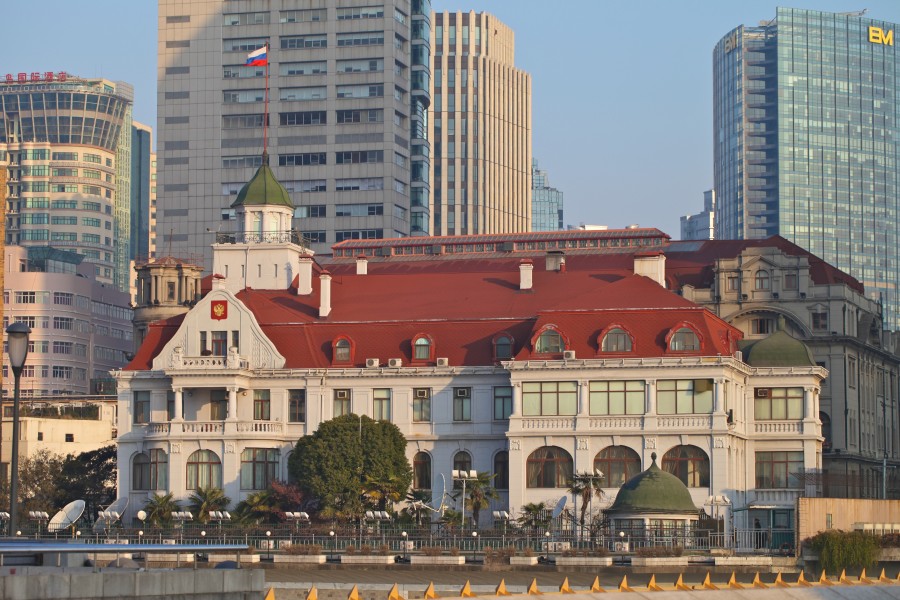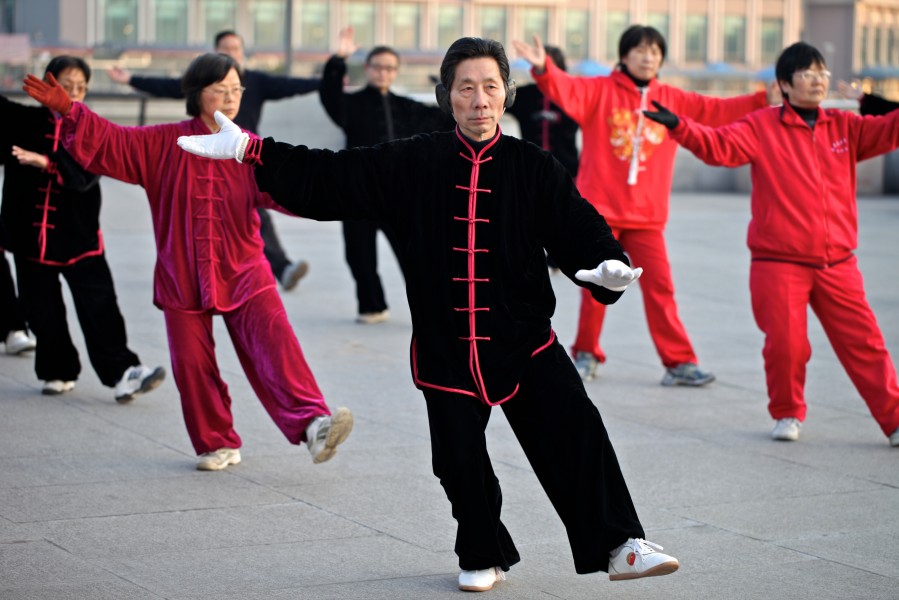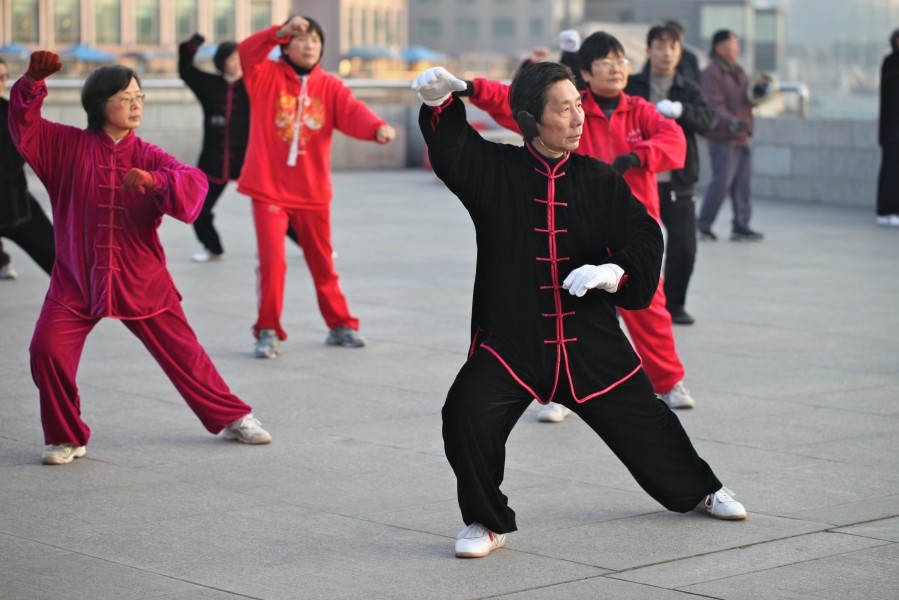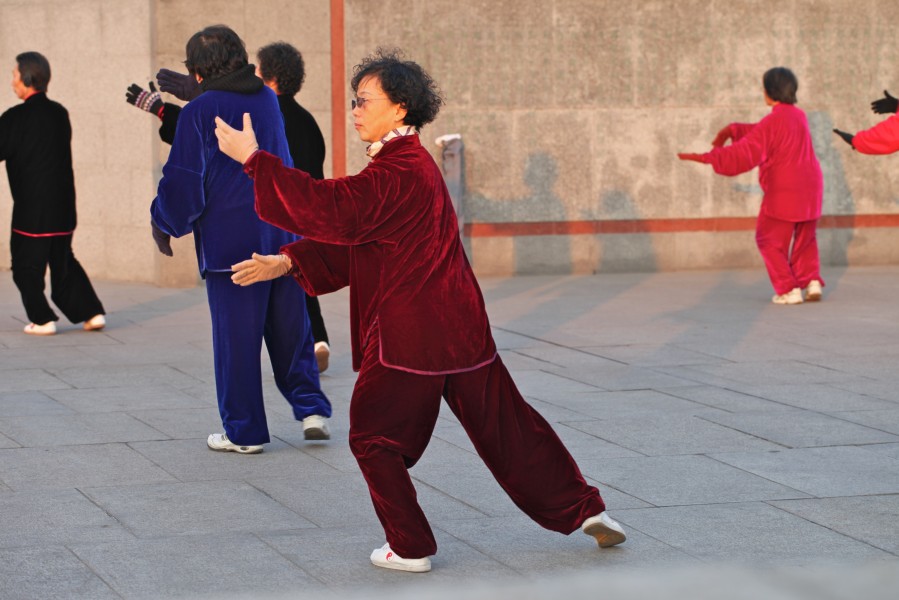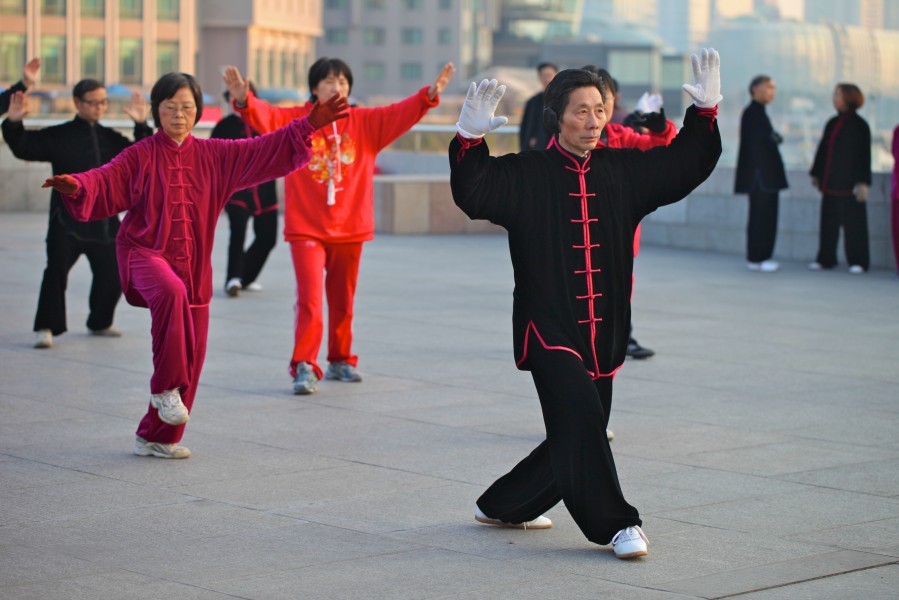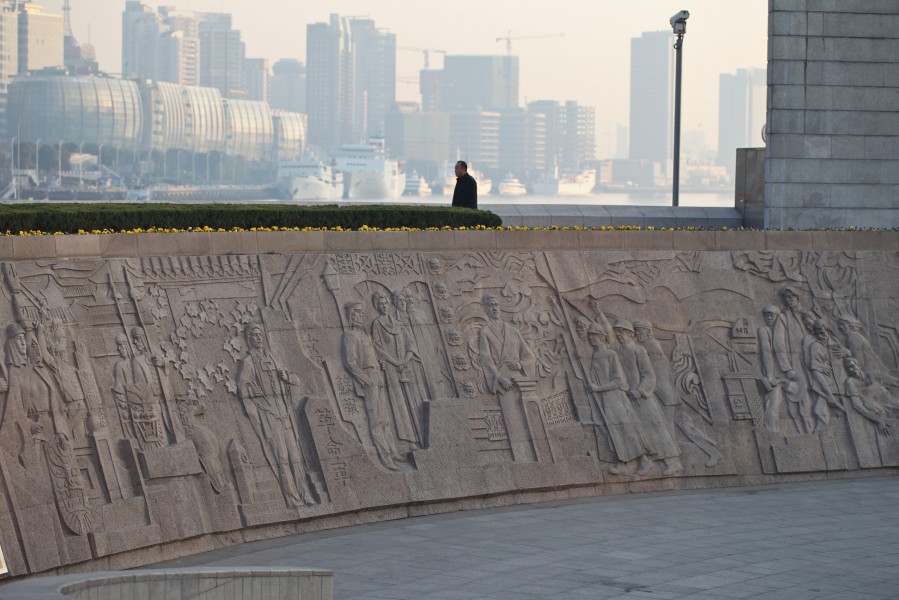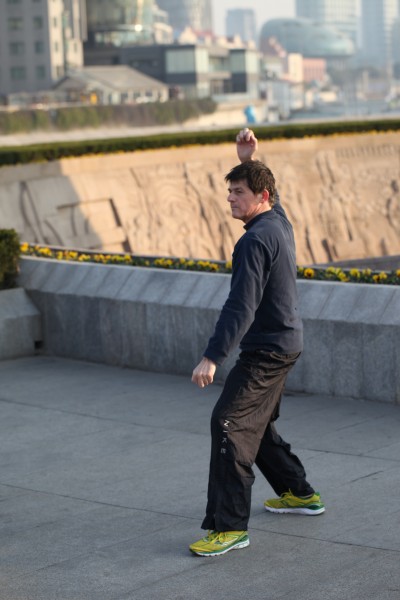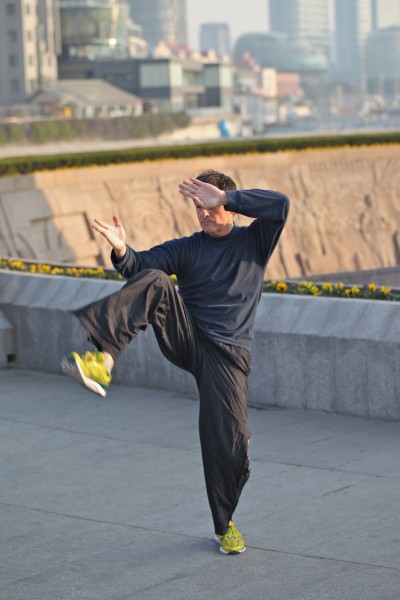If you have the privilege to stay at the Peninsula Hotel in Shanghai overlooking the magnificent Bund you will quite appreciate at a few steps close, the millenary art of keeping healthy through the world’s oldest soft style martial art known as Tai chi ch’uan. It’s very important though, to wake up very early in the morning to practice your Chi correctly.
Tai chi ch’uan movements are known to improve balance, bone density, arthritis symptoms, immune function, mental acuity and cardiovascular fitness. This is very beneficial also with the elderly as a means of preventing falls and injuries, says Julie Reich, Director of Special Programs for SAGE who is promoting a New Jersey seminar on March 6/12 featuring the powers of Tai chi .
The term t’ai chi ch’uan translates as “supreme ultimate fist”, “boundless fist”, “great extremes boxing”, or simply “the ultimate”. Note that chi in this instance is the meaning “life energy”. The concept of the Taiji (“supreme ultimate”), in contrast with Wuji (“without ultimate”), appears in both Taoist and Confucian Chinese philosophy, where it represents the fusion or mother of Yin and Yang into a single Ultimate, represented by the Taijitu symbol.
It’s 6 AM, Shanghai time, I look through the window at the sun almost rising through through the shadows of the Pudong skyline.
I was advised but the hotel concierge to only drink a fresh fruit juice ,wear loose comfortable clothing , flat-soled shoes clothes and a warm layer underneath. I have kept my China Airlines dark blue pajama and heading down the elevator .
On the hotel hallways leading to the exit to the Bund I quickly over look Chanel and Shanghai Tang luxurious store windows . Swarovski crystal bag and a Year of the Dragon Nespressomachine capture my attention but I know now it is not the appropriate mindset.
I climb the tall stairs of impressive People’s Memorial, a concrete structure located at the confluence of the Suzhou Creek and the Huangpu River within the Russian embassy at my back and the grounds of the Huangpu Park at my left . Only a few kite runners are present in the paved area at this time and I am happy not to have missed anything yet.
A solitary master is training alone with a sword, a few more habitué arrive all at the same time. The music coming from an old tape recorder is sublime and I can’t help finding myself falling in love with the beauty and tranquility of the surrounding energy and everyone’s movements. Overwhelmed by the social pleasure of practicing with locals and the on-going challenge of mastering a complex and fascinating art definitely enlightens my spirit.
Having focused my mind solely on the movements of the form for more than 2 hours now ( lucky I have practiced for a few years in the past) helped me bring back a state of mental calm and clarity overcoming somehow my travel stress management . This aspects of focus and and calm are part of traditional Chinese medicine and taught to advanced t’ai chi students in some traditional local schools.
Before I head to my delicious breakfast at the prestigious Peninsula, I look bad a last time to the Bund 52 buildings view all in different architectural styles. The Asia Buliding, The Shanghai Club, The Mercantile Bank of India,The China Shipping Mercantil Company, the Consulate-General of the United Kingdom .
I feel peaceful but energized. I can now face that Chanel Bag.
Joelle’s Tips:
The study of t’ai chi ch’uan primarily involves three aspects:
- Health: An unhealthy or otherwise uncomfortable person may find it difficult to meditate to a state of calmness or to use t’ai chi as a martial art. t’ai chi’s health training, therefore, concentrates on relieving the physical effects of stress on the body and mind. For those focused on t’ai chi’s martial application, good physical fitness is an important step towards effective self-defense.
- Meditation: The focus and calmness cultivated by the meditative aspect of t’ai chi is seen as necessary in maintaining optimum health (in the sense of relieving stress and maintaining homeostasis) and in application of the form as a soft style martial art.
- Martial art: The ability to use t’ai chi as a form of self-defense in combat is the test of a student’s understanding of the art. T’ai chi ch’uan is the study of appropriate change in response to outside forces, the study of yielding and “sticking” to an incoming attack rather than attempting to meet it with opposing force. The use of t’ai chi as a martial art is quite challenging and requires a great deal of training.
Where to practice in the US: Tai Chi Org
March 6 Seminar at Sage to feature Healing powers of Tai Chi
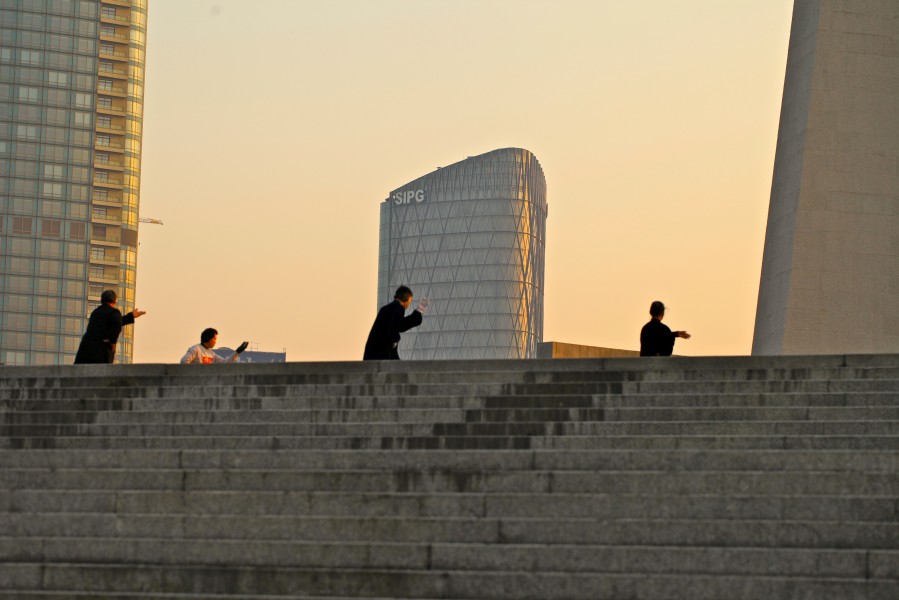
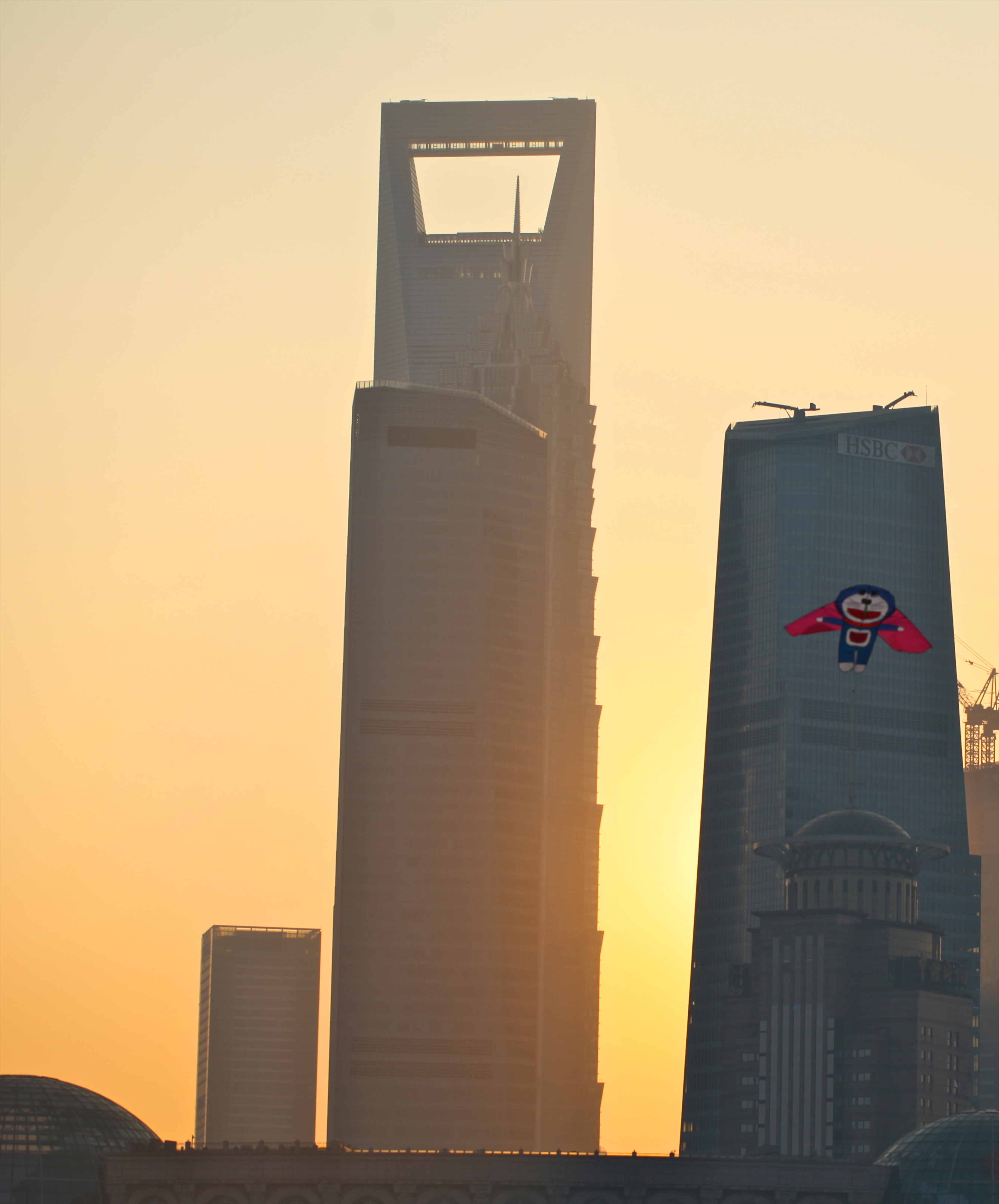


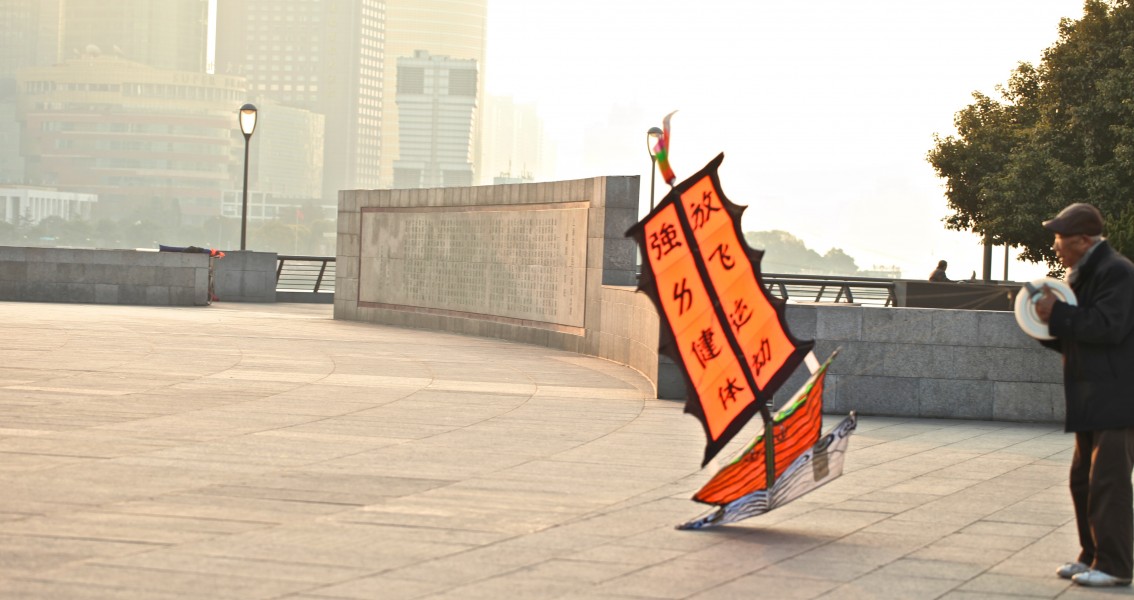
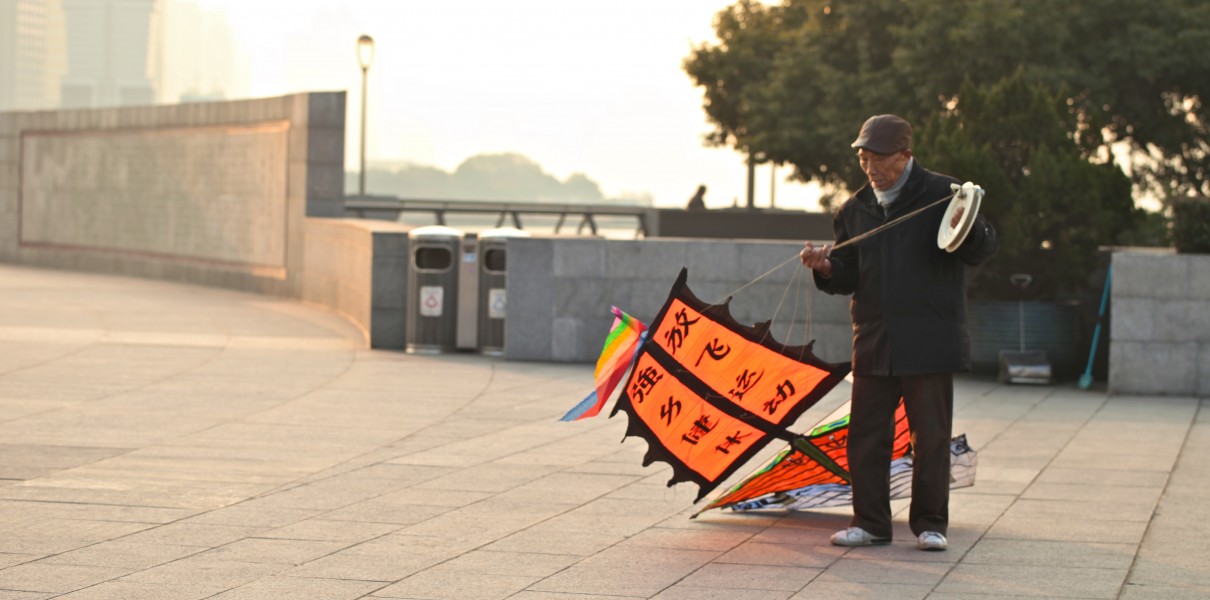
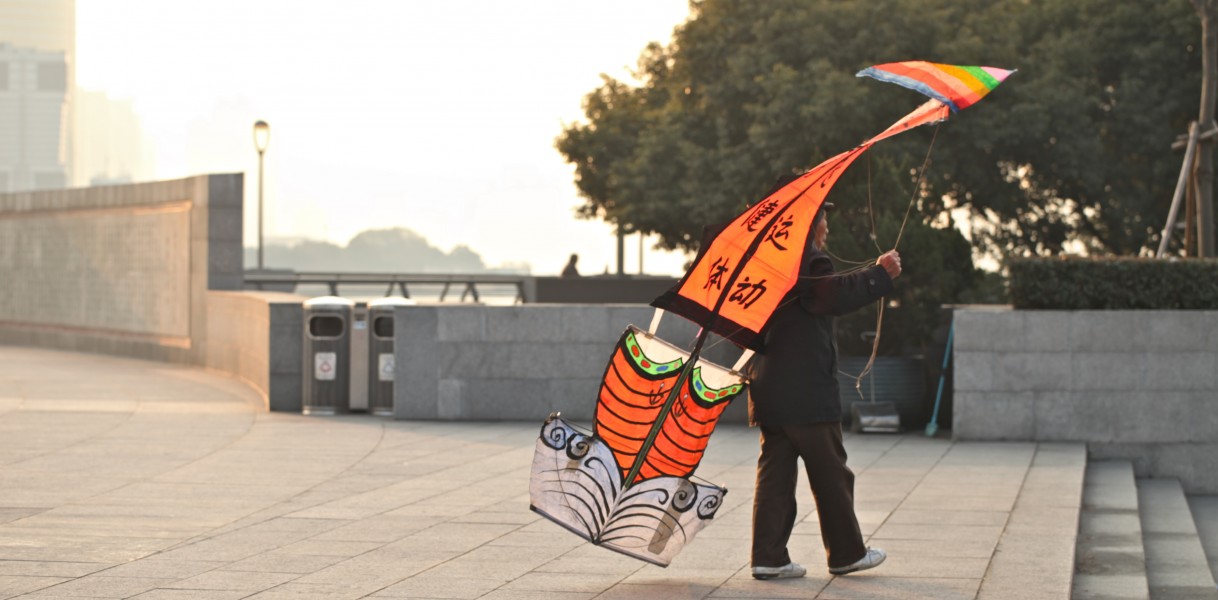
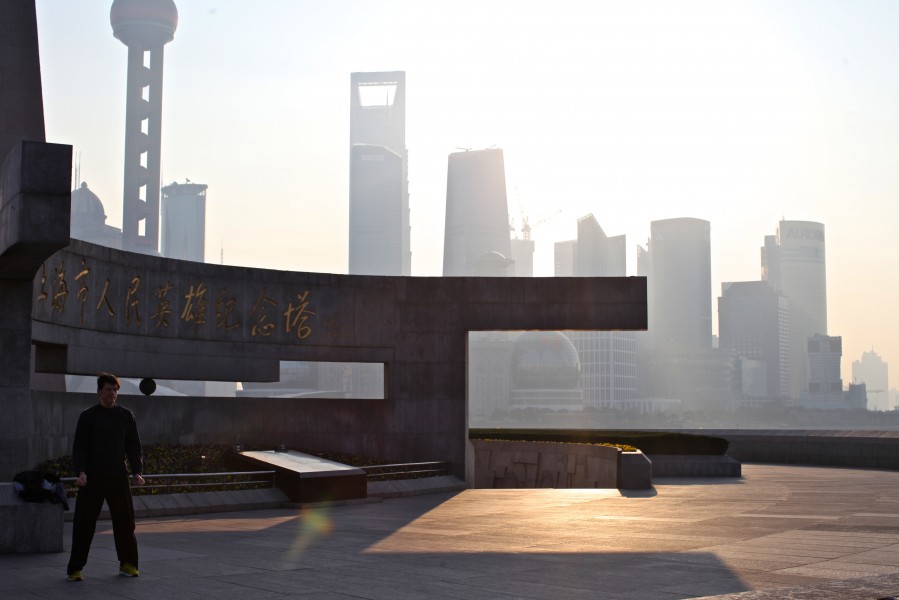
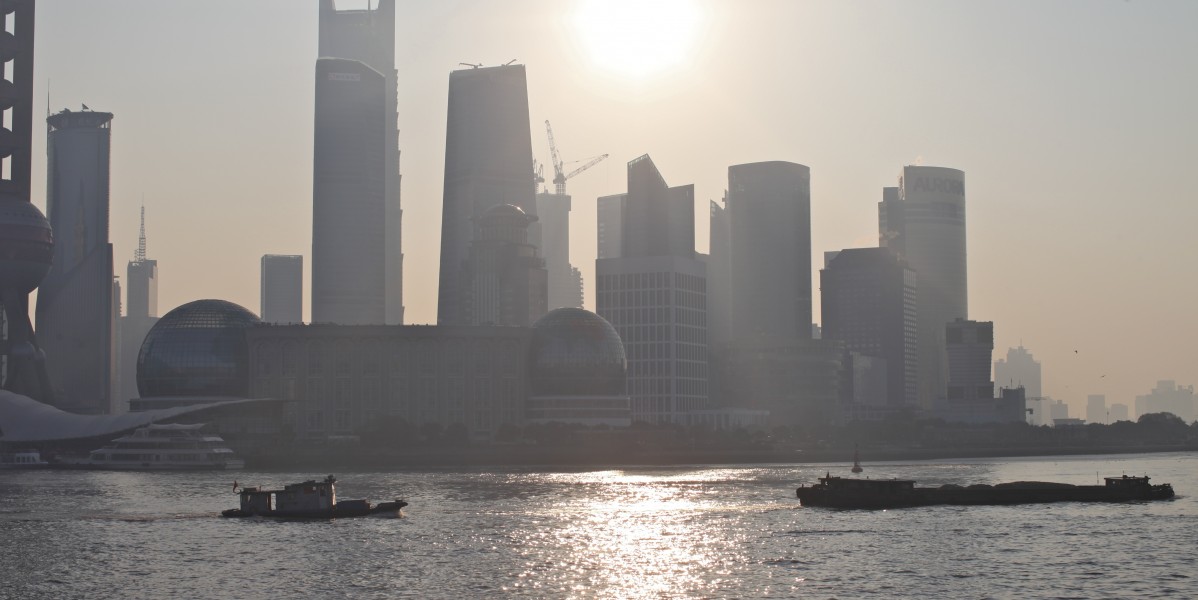

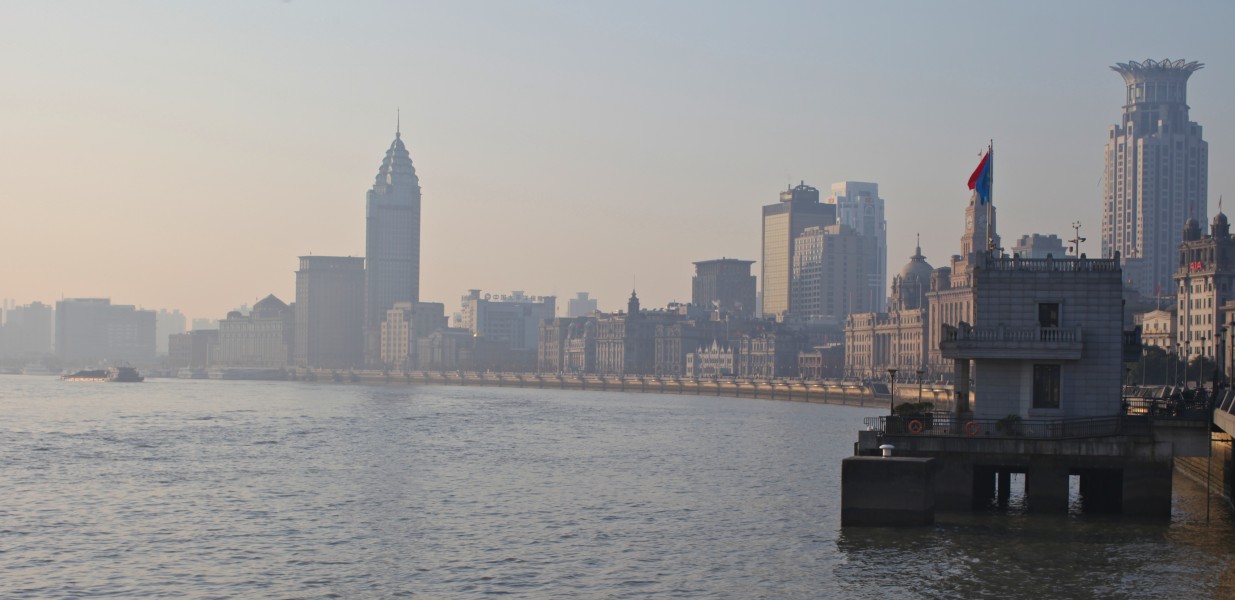
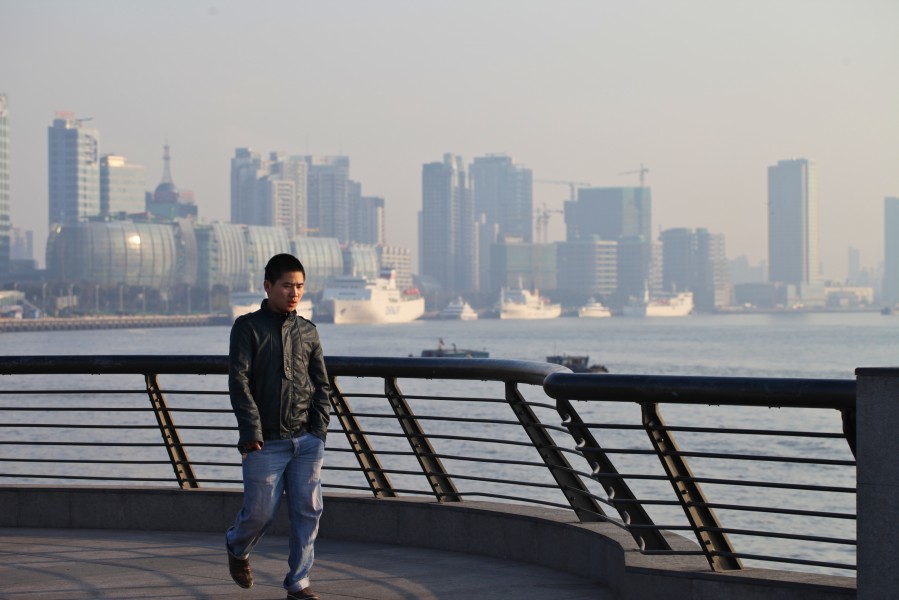
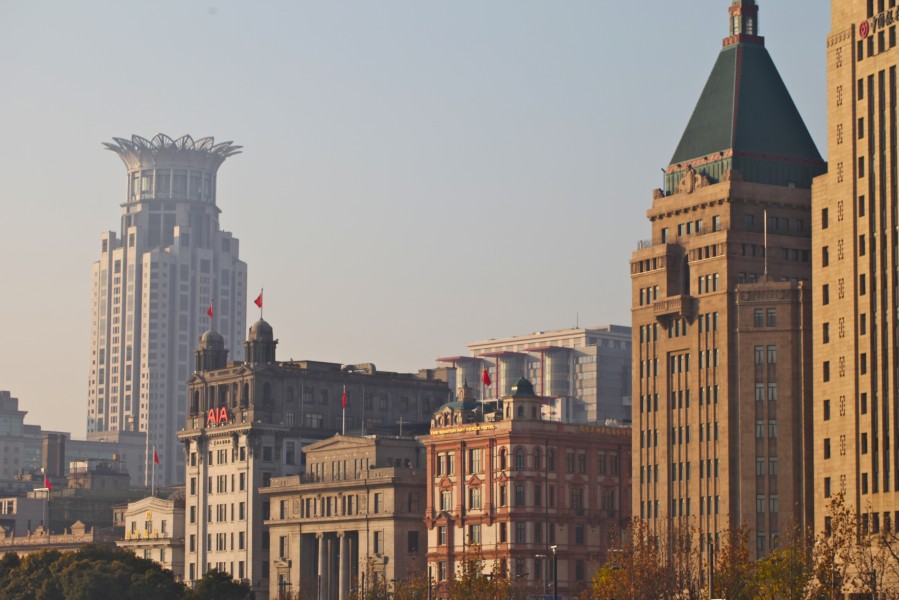
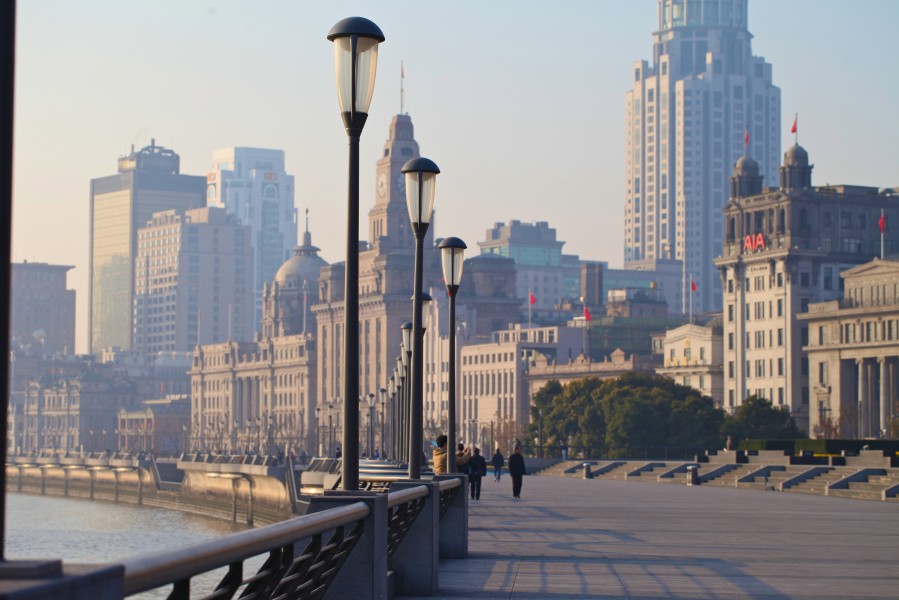
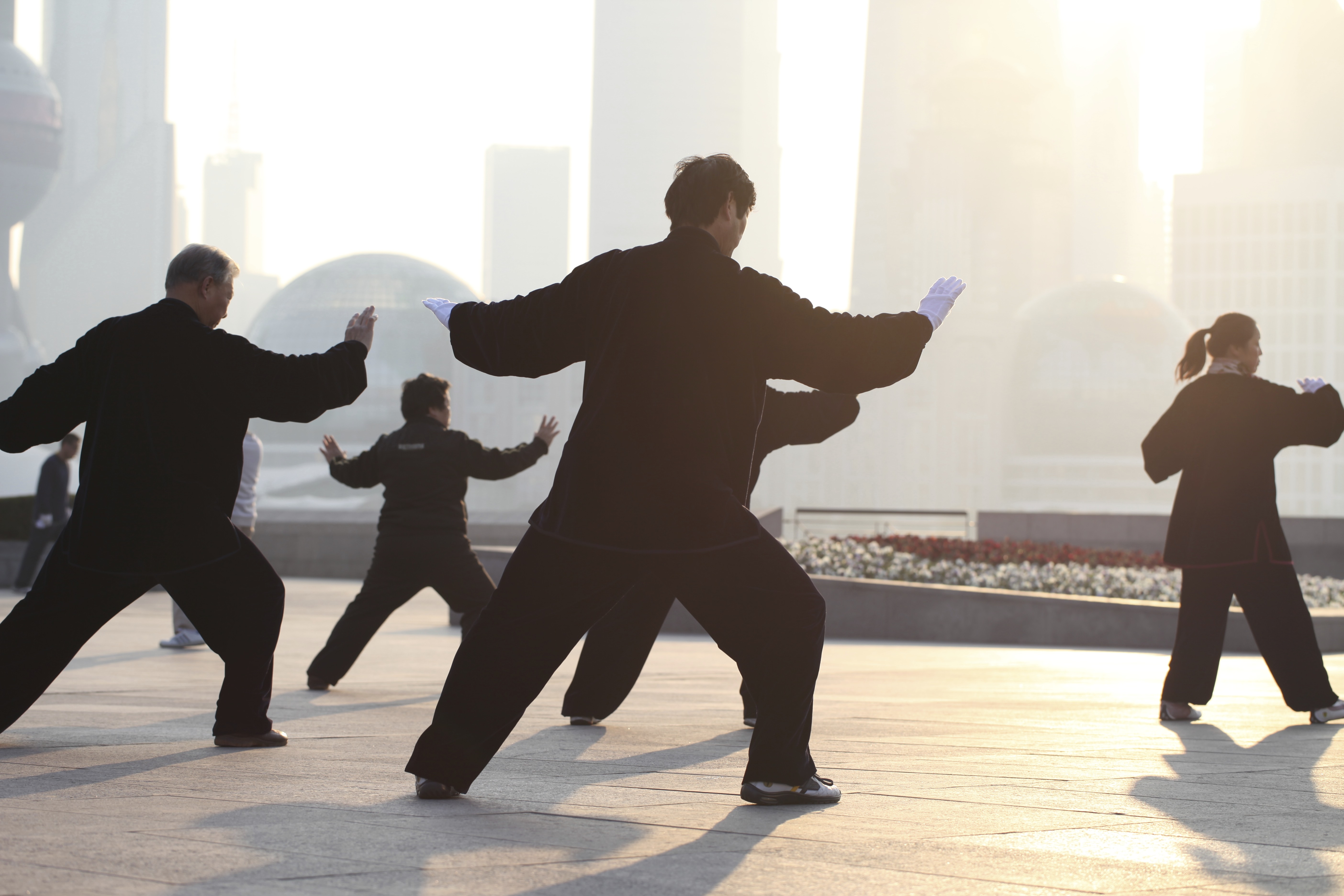
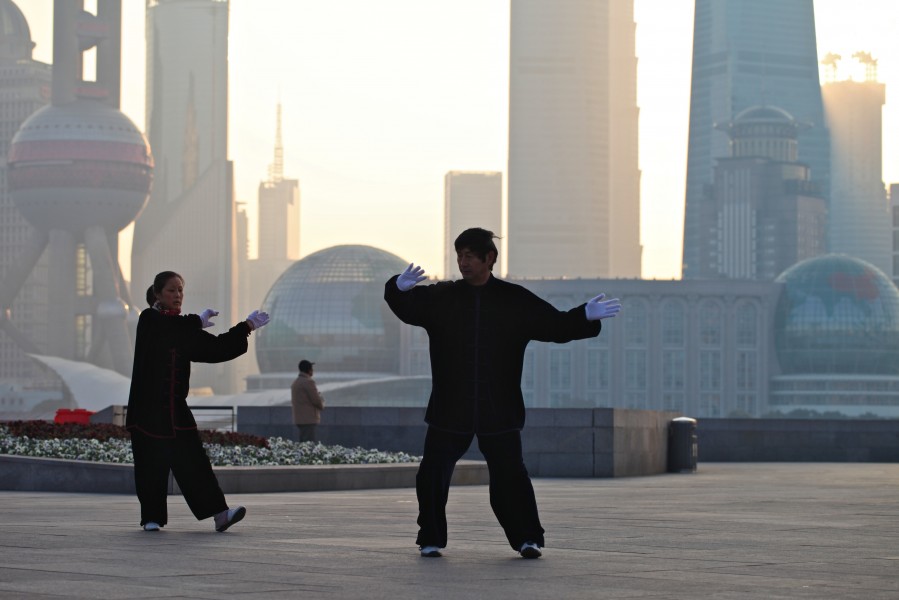
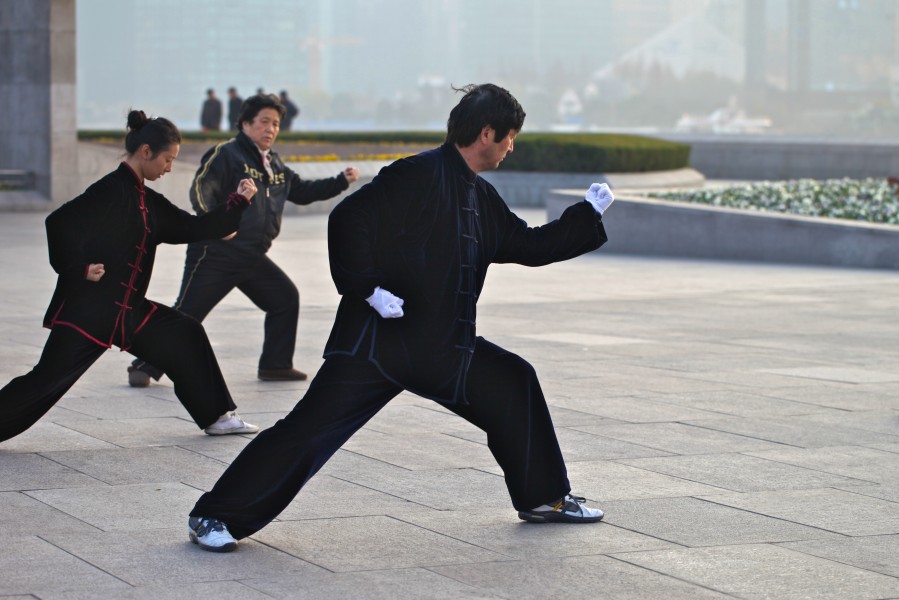
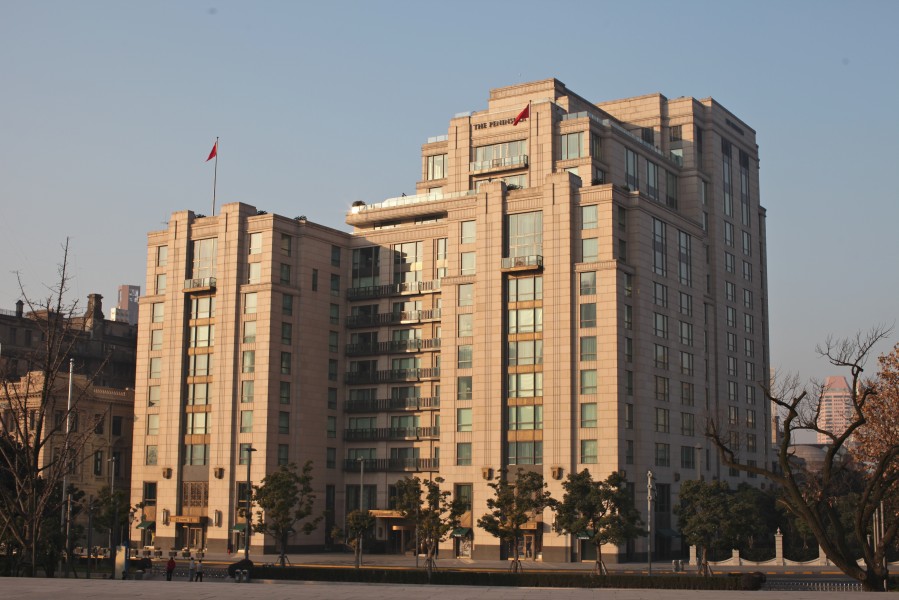
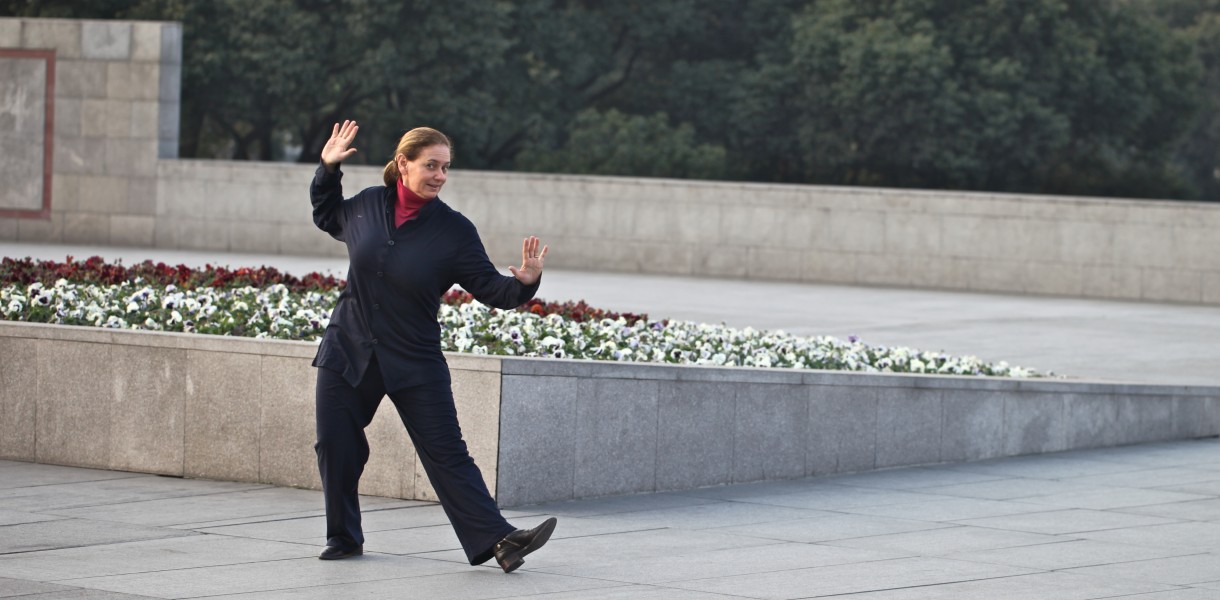
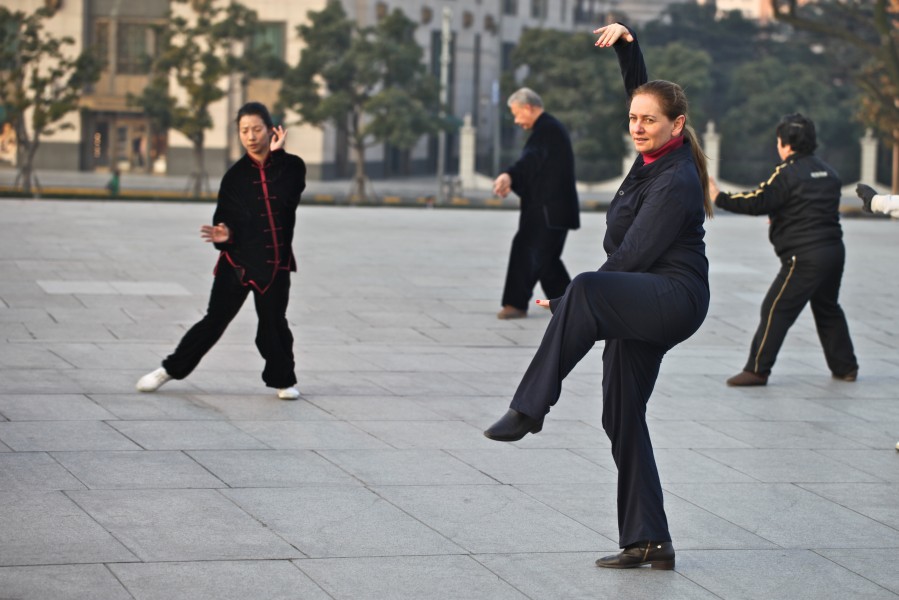
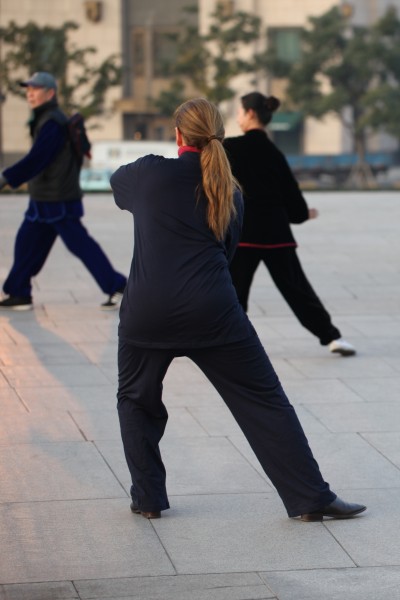
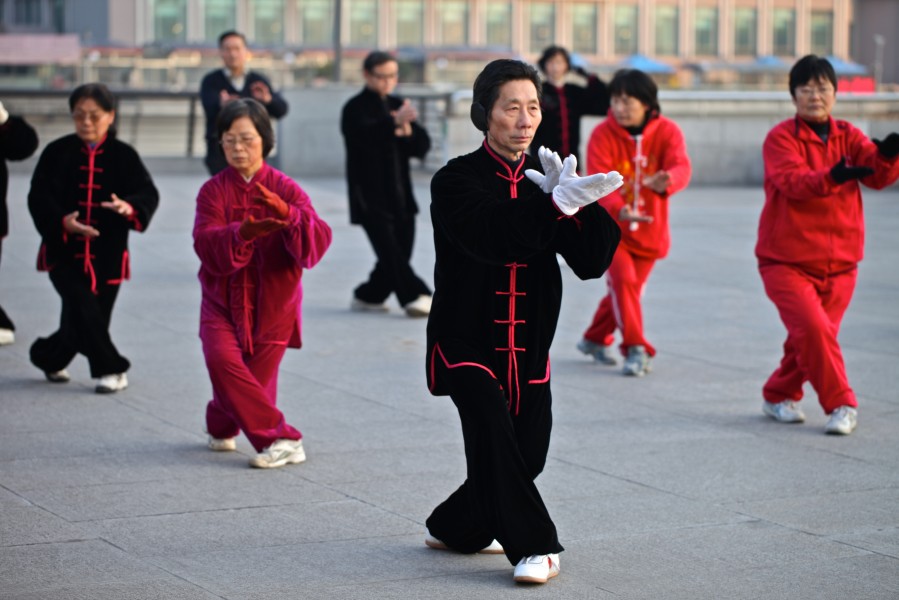 ;
; 